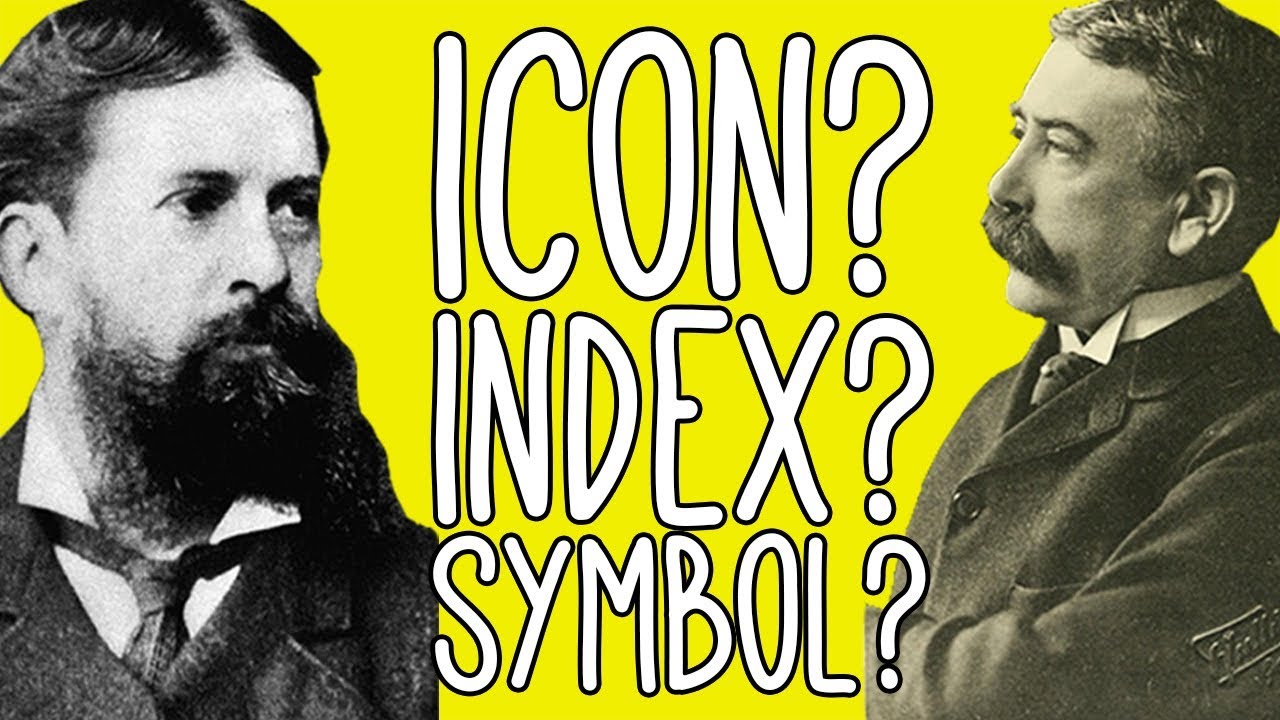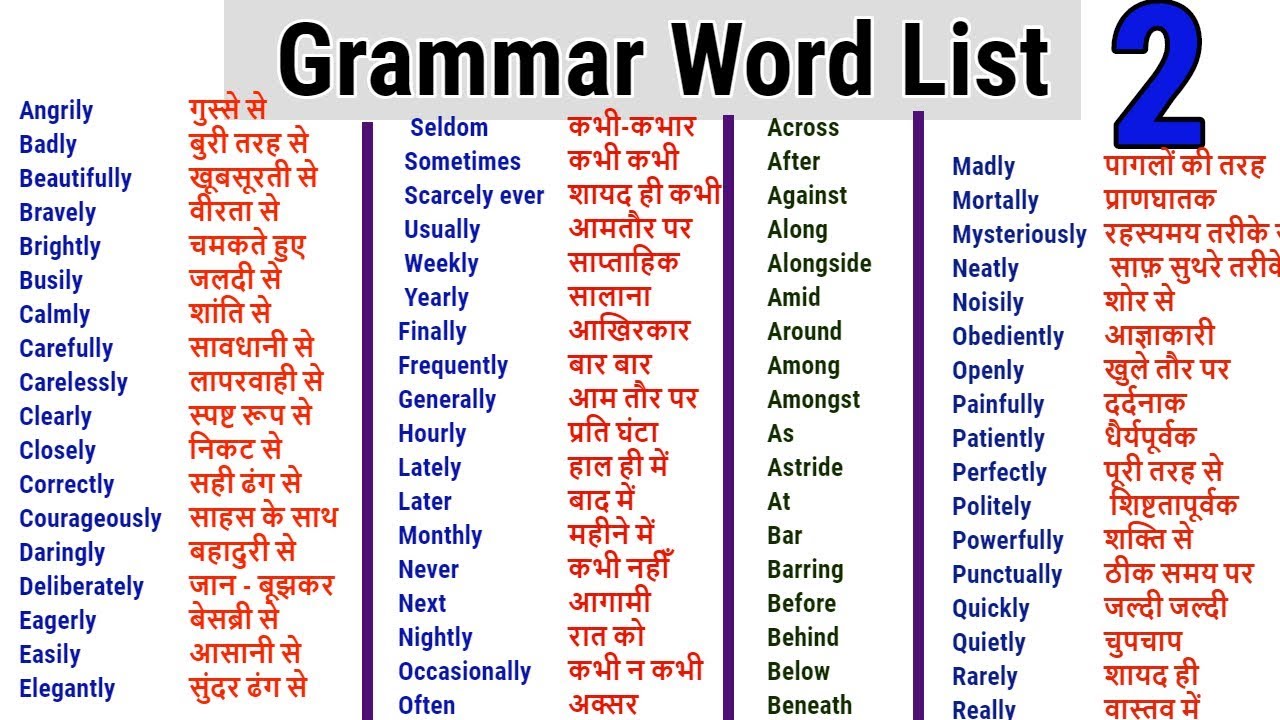Tom Nicholas
In this episode of What the Theory, an introduction to semiotics, in particular the approaches of linguists and semioticians Ferdinand de Saussure and Charles Sanders Peirce.
Signs, semiotics as well as the concepts of the signifier and signified can seem like somewhat complex terminology when first starting out as can Peirce’s related yet distinct notion of the icon, index, symbol triad. In this video essay, I try to help all you out who would like semiotics explained in a clear and concise manner so that you can go away with a slightly clearer understanding of semiotics theory.
Further Reading [Amazon Affiliate]
Semiotics: A Graphic Guide by Paul Cobley & Litza Jansz
US: https://amzn.to/2Oc7lcM
UK: https://amzn.to/2OTj3hZ
Semiotics: The Basics by Daniel Chandler
US: https://amzn.to/2Sq6sks
UK: https://amzn.to/2OVJt2y
Mythologies by Roland Barthes
US: https://amzn.to/2D8OtKW
UK: https://amzn.to/2OW3ypp
If you’ve enjoyed this video then please do check out the rest of my channel where I put out a whole range of videos discussing theatre and playwriting from the perspective of an aspirant and (some might say) emerging playwright and theatre maker as well as reflecting on my experience as a PhD Student.
Twitter: @Tom_Nicholas
Website: www.tomnicholas.com
Thanks for watching!




If you want to check out more of my What the Theory? videos, then I have handily collected them in a playlist here: https://www.youtube.com/playlist?list=PLIVcDWpMT7Kd3O0eq8b6fMOwvK26vpiWE
And, if you've any suggestions for what I should add to the series next then let me know!
Great explanation!
Great!
Watching this before my semiotics exam. Thank you for the useful explanation!
I very much appreciate you effort but a lot of the things you say are simply wrong. Just to give an example, to say that "The granddaddy of modern semiotics is Ferdinand de Saussure." is a completely ridiculous statement – and then when you get to Peirce (who had btw already been dealing with these issues when de Saussure was still a young child) it becomes veeeery clear that your understanding is superficial to the point where you really have no idea what's it's all about. Again, I think what you are trying to do with your channel is great but IMO you shouldn't talk about topics you clearly didn't study in any reasonable depth at all, it's just misleading and that makes me sad:(
I like this. +1 Sub
Wow! I wish I could've found this video sooner. Why can't my professor explain it that well?
me an lilb love you and think u are cute xxxxx
xoxo
🙂
So , here I sit on my desk, smoking a joint, and listening to Ramsey Bolton talking about semiotics and Ferdinand de Saussure! Very nice video. It is relaxed and has clarity, both of which contribute to getting the messege across. You're certainly getting a PhD. You must. 🙂
Thank you sooo much and i get so confused with this topic, urghh need some time to understand, but thanks again!
great explanation ! Thanks 🙂
So happy to stumble across your video. I'm currently learning about semiotics as part of a design course. I was pretty sure I had it nailed but watching this has helped a lot. You basically said what I was thinking but more concise and that's helped it all fall into place. Cheers!
Regardless to onomatopoeia and interjections, what about the words we use to call some things according to their function, like toaster for instance, here there is a relationship between the concept and the sound image right? It's not arbitrary
im confused about Peirce being labeled within Semiotcs since I found a web that states "Peirce gave structuralism three important ideas for analyzing the sign systems that permeate and define our experiences"
Omg bless you. I have my linguistics exam next week and you helped me a lot ?
Saussure is semiOLOGY not simeOTICS
In Dr. Nicholas Thomas's book Return of Curiosity(There is also a Youtube video of it where he pretty much delivered the content of the book in an event.) He talked about the Naturalism of Heritage, Collections and Artefacts.
Although I could understand his points, I just couldn't figure out how he defines 'Naturalism' and why he chose the theory 'Naturalism'. How he uses it seems to be very different from the definitions I could find online.
For example for the Naturalism of Heritage, he talked about how we shouldn't assume that just because a piece of artefact was created by our ancestors, it doesn't necessarily mean that we would have a sense of affinity towards it.
It would help if you could give your opinion on why he used 'naturalism' to describe this.
BTW I am a complete Leiman but I am interested in topics likes these ^^;
Aren't Chinese Characters supposed to be icons? They aren't just random scribbles that don't have any connection to the signified. They are kinda like drawings. For example 人 ren which means 'a person' is like the feet of a human stick figure. 口 kou which means mouth is supposed to resemble a mouth. If you look up the ancient Chinese version, the characters look even more like the signified.
This has to be the best crash course video in semiotics that's available here on Youtube! Thanks a lot for this! You helped me more than the books that I've been reading for days!
That was very helpful. Thank you. I'm studying this in an Art Criticism class. It's been stumping me, but this is a clear explanation.
im a bit confused to analyzing ad video using icon, index, symbol. especially symbol.. can you explain it more..
Words are symbols used to describe things, something like numbers are used to make sense of repetition. But both have their limitations. Both are messy human reflections of reality. A short hand rather than a true accurate representation of nature.
Take English names for foreign cities – as in Naples for Napoli? Of course it's Napoli, the Italian should have precedence; but why does Naples still sound right to me, for some odd reason superior to the Italian?
Does that signify Anglo imperialism – or do two signs actually exist parallel to each other?- – Napoli, the Italian subjective sign, Naples the Anglocized sign. The former signifying the workaday, earthy, real Italy; the latter, signifying an elegant, classical construction of an ideal Italy in the minds of Englishmen.
But by the same token, do Naples for Napoli; Venice for Venezia; Turin for Torino represent an equally valid interpretation – that might be more accurate than the de facto Italian. Do they capture the splendour and grace of Italy better than the Italian?
So, to that effect – are there multiple signs with multiple signifiers, all dependent on subjective perception?
Would a rose smell as sweet by any other name – perhaps not?
this is an exciting topic! the uncertain links between signifier and signified make language have a unique power to change and record this world. I was influenced by Saussure a lot. even to some degree, it was he that leads me to the study of conceptual history, haha, and actually, my own study is something about how the "links" were changing and what's its influence, from the historical perspective~ anyway, thanks a lot for this video~it reminds me a lot
This helps me remember all of the semiotics that has leaked out of my brain since graduating. I'd love to see more.
Great job dude, better than my lecturer.
wow yes please and thank you! <3 loved your explanation
I have an exam about semiotics very soon and I was confused. Your video helped me figure it out better! Thanks!
thank you!
Very helpful for condensing and making de Saussure's ideas much more digestible, great video! Keep up the ood work.
Thank you so much! You helped me with my test tomorrow!
Russian students are watching your videos:) You are cool! Thanks for that:)
I had developed a fascination towards name and glorified them for being a single index of all that a person has been or will be and the temporary fleeting moments that makes up the present him/her. I saw name as something that gives Identity to our uniqueness by addressing to it because otherwise we're just like tiny speck of dust in an expanding universe . But just the next day my teacher told me while we're discussing through the looking glass about this man's idea of signifier and signified and all of a sudden my whole philosophy became dust! And I couldn't help but think what's in a name….still I don't like it whenever people misspell my name and they always do. So Saussure did bring out something nice…but I still think we won't be able to come out of the grips of language. Or can we??
THANK YOU!
good job, keep the awesome work
Most simplest definition
This is amazing; you're one of the few people who actually aim to deliver complex theory in a clear, simple way without bogging it down with overly complicated language. You also have a wonderfully clear method of speech. Thanks so much for this video, it's helped tremendously 🙂
Great explanation. Thanks
I really appreciate your video! I was always confused with the term semiotics and finally you explained it so well with interesting examples! And knowing what is the importance of learning these "weird" academic concepts really helps to raise my interest in the topis! Thank you so much for making this video!
The word "dog" is a signifier; a sign is a signifier + signified; so, "dog" isn't a sign–it's just on element of a sign. But at the beginning of the video, you say that "dog" is a sign. So, is "dog" a sign?
I really want to get deep into semiotics and music any suggestion on what i should study??
Can anyone explain the difference between saussure, pierce and barthes semiotic theory?
What is your PhD major exactly?
Holy crap this was a really succinct and clear video explaining a relatively difficult concept to understand, cheers buddy!
Has anyone, after De Saussure, questioned this idea of arbitrariness between the the signifier and the signified? what if he was wrong?
Nicholas could you elaborate more on Peirce's triangular form? I get the idea of Saussure's dyadic Signifier-Signified, but i got confused on Peirce's Representamen-Interpretant-Object. Please share me what you think.
To me Representamen is Signifier, it is a vehicle which carries the idea of it. Interpretant is the sense made from the representamen (the meaning of the representamen according to the individual's repertoire). But i am lost on what Object is??
Daniel Chandler wrote that Object is not 'another variety of interpretant' but an external sign beyond the sign itself??
I had assumed that Object is the actual thing reffered by the signifier regardless of the interpretant. Like for example, a physical rock in front of you is the object, the image your eyes capture is the representamen, the understanding that "Oh it's a rock" is Interpretant. ….. help me?
Please make a video on Three Orders of Significance. Plus u r doing a great job. Keep it up.
Great overview. But just one nit: You present Charles Sanders Pierce as one who followed Saussure ("further developed") Saussure's semiotics. But Pierce precedes Saussure in his theory of semiotics.
Nicely explained . Thank you.